
Louis XIV –Napoleon |17th – 19th century
Chronological continuity and themed areas help visitors discover France's military, political, social and industrial history. Relive the great battles, discover the life of soldiers, see how technologies and tactics were developed, and meet the figures who marked this period.
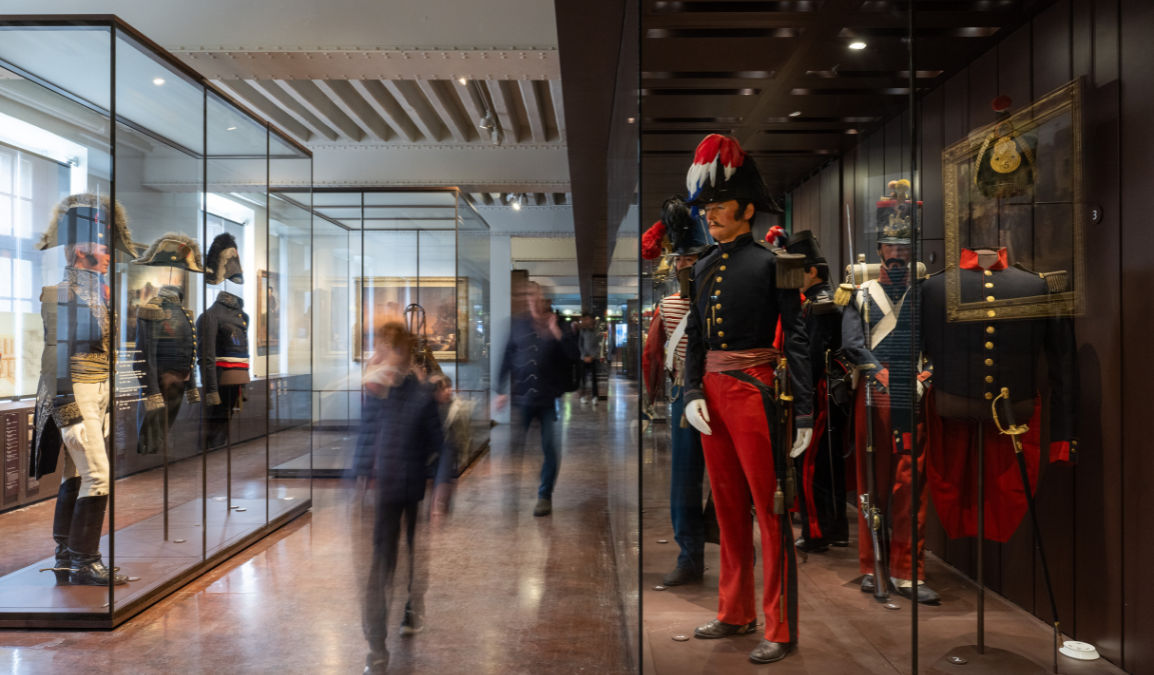
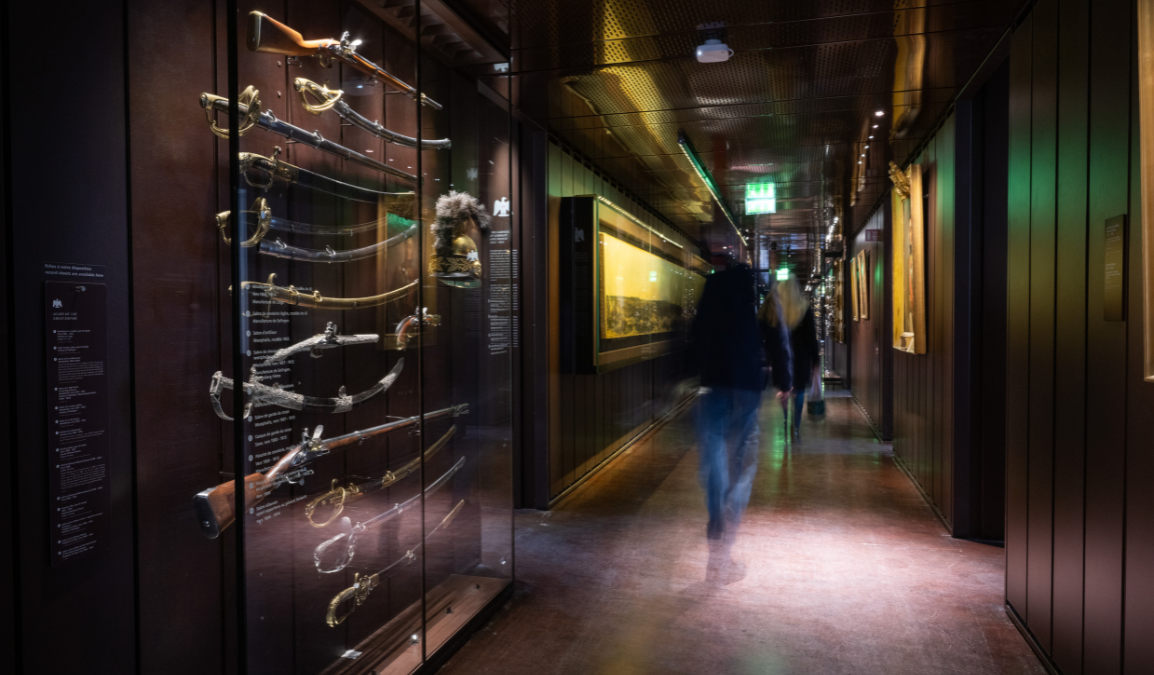
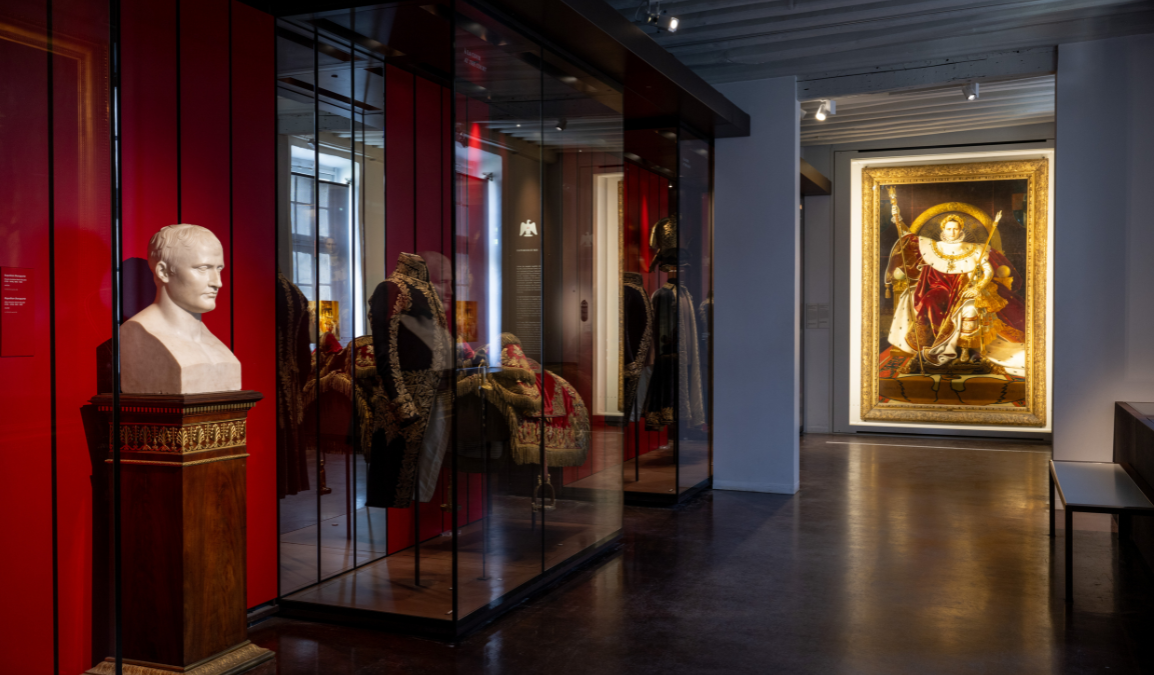
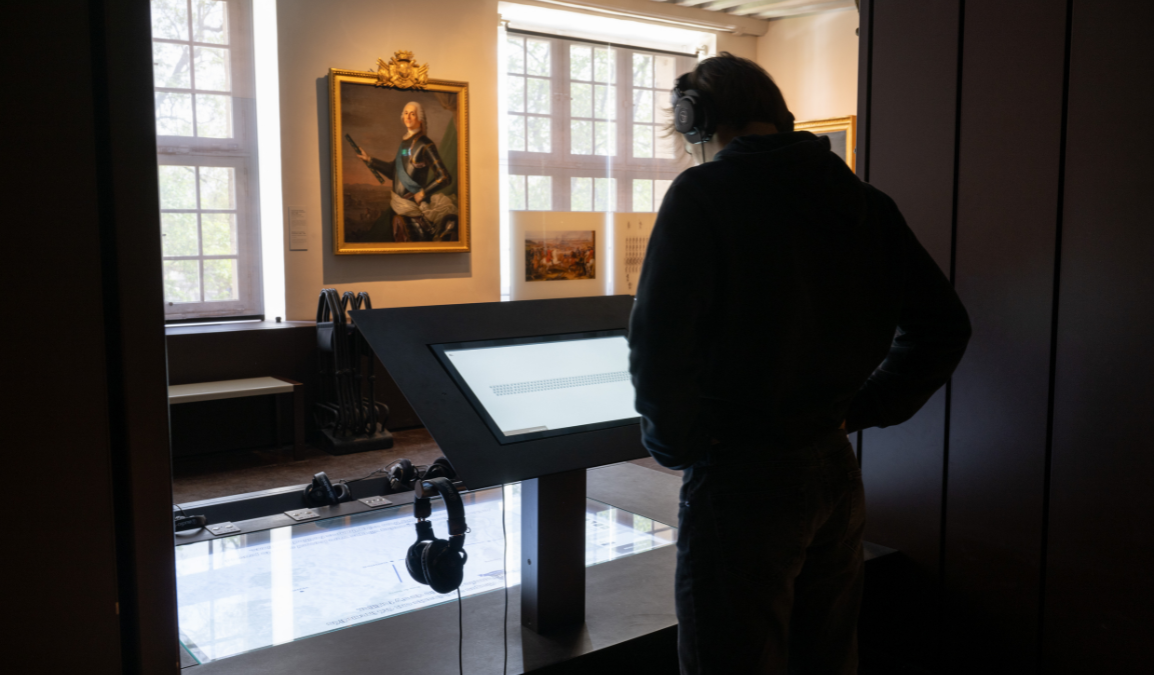
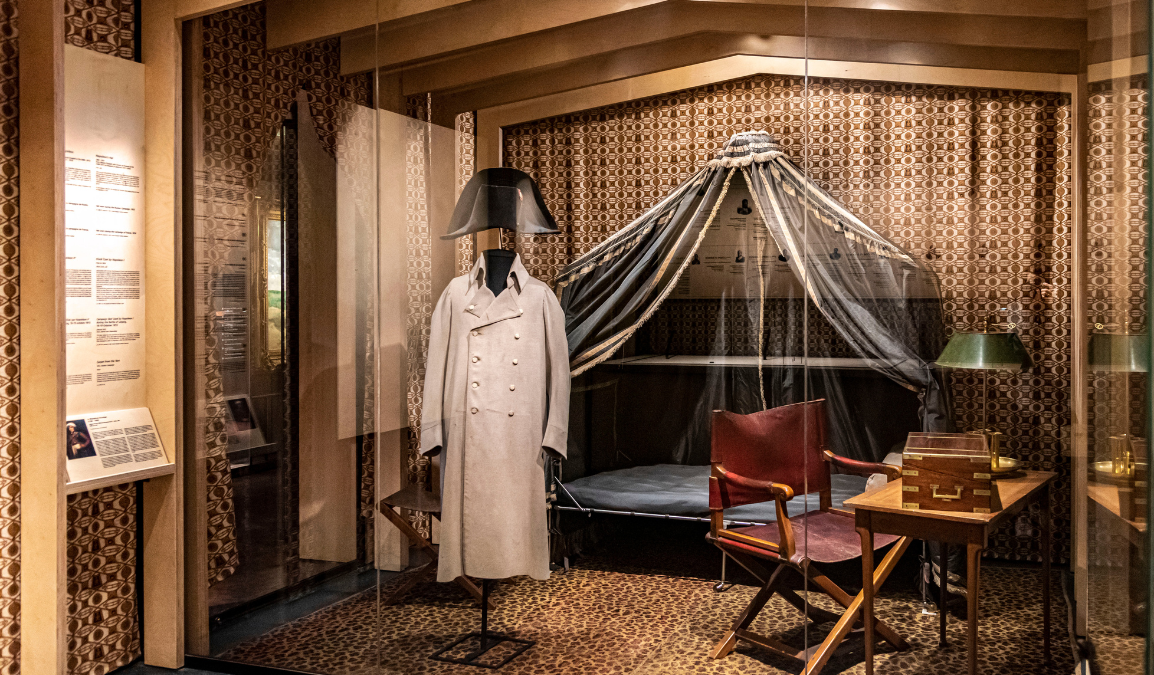
This department's collections are unique in the world, in terms of their diversity and number: simple soldiers' uniforms and luxury items, equipment from many French and foreign regiments, weapons, harnesses, orders and decorations, emblems, historical figurines, musical instruments and small artillery models appear alongside objects that belonged to famous figures such as Napoleon Bonaparte and his marshals. They are echoed by a remarkable set of contemporary paintings of the events.
The Old Monarchy: from the Battle of Rocroi to the Revolution
Louis XIV's reign was a decisive period in French military history. It was marked by the organisation of a permanent army, powerfully mobilised by the King's policy of conquest. The collections show how the army developed and describe the military entourage of kings, as well as memorable campaigns, conquests and battles.
From the Revolution to the first Restoration
The collections about Napoleon Bonaparte and his armies and marshals are particularly remarkable.
After covering the turmoil of revolution, the exhibition documents the Empire's campaigns - Germany, Prussia, Austria, Spain, Russia, France... and tells the story of the weapons and corps that distinguished themselves in this period (infantry, cavalry, cuirassiers, carabiniers, etc.). Themed areas focus on a few specific aspects of the imperial era, such as consecration or the Emperor's campaign furniture...
From the Hundred Days to the Franco-German War of 1870
A series of regimes in the 19th century tried to adapt and reform the military apparatus according to the national political situation as well as its foreign policy priorities. On an operational level, this period in Europe was marked by expeditions designed to give France a leading role in the concert of nations - Spain (1823), Italy (1859), etc. - and by the Franco-German War of 1870-71.
The Vauban Room, a themed area
On the ground floor is one of the Hôtel des Invalides' former refectories. The Vauban Room presents a procession of 14 cavaliers from the Consulate to the Second Empire, some of which come from the studios of painters Ernest Meissonier and Édouard Detaille. It pays tribute to the history of the Musée de l'Armée and its ancestor, the Musée Historique de l'Armée, with which these artists were connected. This room is decorated with murals by Friquet de Vauroze. Painted in 1677 - 1678 and restored in 2009, they depict the main episodes in the Wars of Devolution (1667 - 1668).